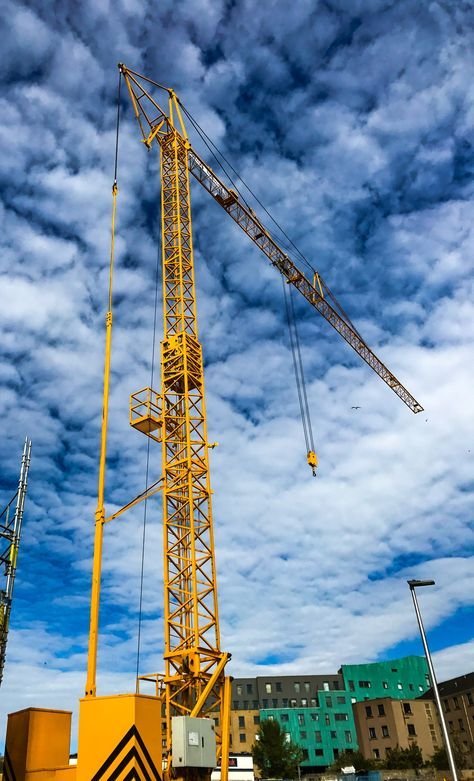Crane finance plays a vital role in the construction and heavy equipment industry. It offers financial solutions for purchasing, leasing, and maintaining cranes, which are essential for large-scale projects. In this article, we will explore crane finance, its benefits, types, and how businesses can make the most of these financial solutions.
What is Crane Finance?
It refers to the financial services designed to help businesses acquire cranes and heavy-lifting equipment. It includes crane loans, leasing options, and other financial products tailored for construction companies and industries that require heavy machinery. With crane finance, companies can get the equipment they need without facing a huge upfront cost.

Types of Crane Finance Options
- Crane Loans: These allow companies to purchase cranes by paying in installments over a set period. This option is suitable for businesses looking to own the equipment.
- Crane Leasing: This involves renting cranes for a specific time. It’s a flexible option for companies needing cranes temporarily.
- Equipment Financing: This includes financial products designed for heavy machinery, helping companies finance both new and used cranes.
- Operational Leasing: A short-term lease that offers flexibility and lower monthly payments.
- Finance Lease: A long-term lease that eventually leads to crane ownership.
- Sale and Leaseback: Companies sell their existing cranes to a finance company and lease them back, improving cash flow.
- Commercial Crane Leasing: Tailored for businesses that require multiple cranes or specialized equipment.
Benefits of Crane Finance
- Cost Efficiency: Avoiding a large upfront payment allows better cash flow management.
- Flexibility: Leasing options provide the flexibility to upgrade equipment as needed.
- Tax Benefits: Certain finance options offer tax advantages, helping businesses save more.
- Preservation of Working Capital: Companies can retain cash for other operational needs.
- Access to Latest Technology: Leasing ensures access to the latest crane models without buying new equipment.
- Customized Solutions: Financial products are tailored to meet specific business needs.
- Risk Management: Leasing reduces the risk of equipment depreciation.
How to Apply for Crane Finance
Applying for crane finance involves several steps:
- Assess Your Needs: Determine the type and number of cranes required.
- Choose a Finance Option: Select the best financial product based on your budget and requirements.
- Prepare Documentation: Gather financial statements, business records, and credit history.
- Compare Providers: Research and compare different crane finance companies.
- Submit Application: Apply with all necessary documents.
- Review Terms: Carefully review the terms and conditions before signing the contract.
- Receive Funding: Once approved, receive funding or a lease agreement to acquire the crane.
Challenges and Considerations
- Interest Rates: High interest rates can increase the overall cost.
- Hidden Fees: Be aware of additional maintenance and insurance fees.
- Credit Requirements: A good credit history is often required for approval.
- Depreciation Risks: Owning a crane can lead to depreciation risks.
- Contract Terms: Long-term contracts may be restrictive.
- Market Fluctuations: Changes in the construction industry can affect the demand for cranes.
- Economic Downturns: Financial challenges during economic downturns may impact repayment.
Conclusion
It is an essential tool for businesses in the construction and heavy equipment industry. It provides flexible financial solutions that allow companies to acquire cranes without a huge upfront cost. By choosing the right crane finance option, businesses can improve their cash flow, access the latest technology, and efficiently manage their operational needs. Whether through crane loans, leasing, or equipment financing, crane finance empowers companies to grow and succeed in a competitive market.
Explore More: Fuurefinancevision





